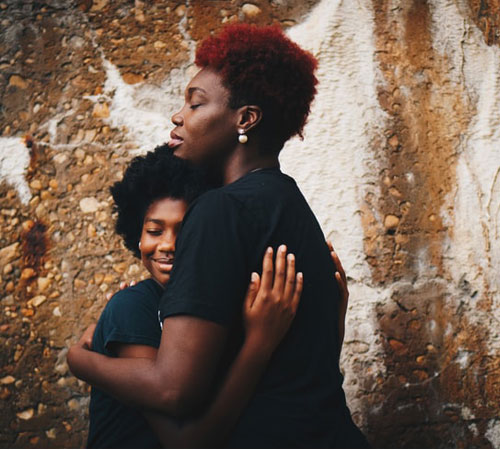Have you hear about colic before? The fact is: all babies cry. It’s like the only way for them to express themselves and communicate their needs at this tender age. And this is pretty normal. But in babies with colic, the crying starts suddenly for no…










